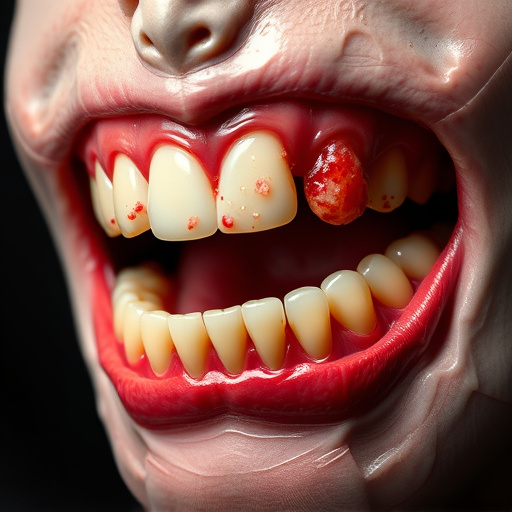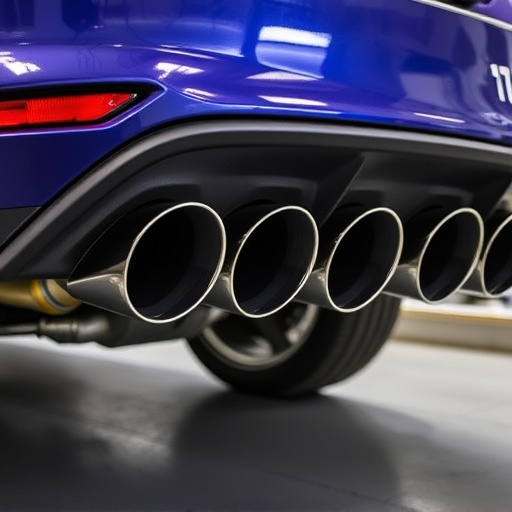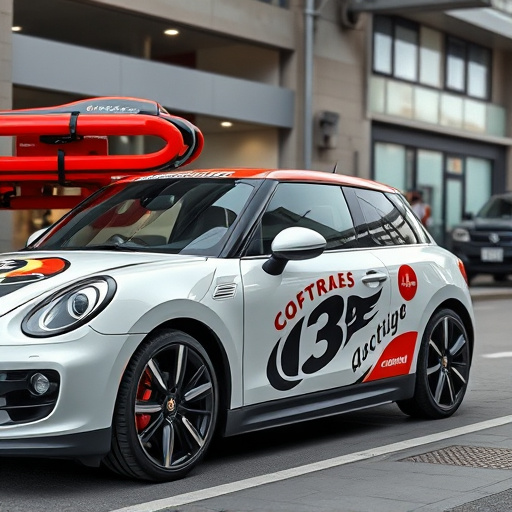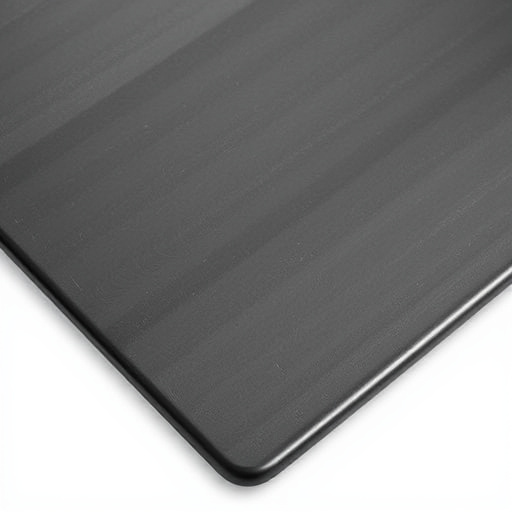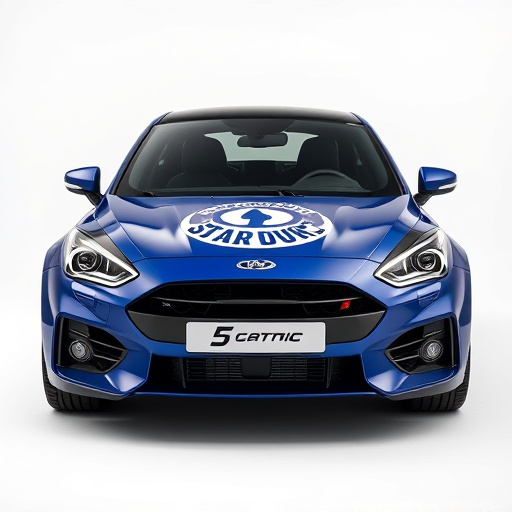Car window tinting offers multiple benefits: enhanced privacy, comfort, and security, thanks to its light and heat control properties. Modern technologies like ceramic coatings ensure durability, while blocking up to 99% of UV rays protects occupants from harmful radiation. By reducing interior temperatures by up to 60°F, it provides cooling effects in hot climates. Combined with paint correction services, tinting is an essential part of vehicle maintenance and aesthetic enhancement. Advanced heat-rejecting coatings offer both visibility and heat rejection, providing a more comfortable and efficient driving experience. Installation requires skilled technicians, and regular maintenance is crucial for optimal effectiveness. Future trends include smart technologies for enhanced driver safety and refined vehicle aesthetics.
Car window tinting has evolved with the integration of heat-rejecting technology, offering more than just aesthetics. This advanced feature not only enhances privacy but also significantly improves vehicle comfort by blocking up to 99% of harmful UV rays and reducing interior heat buildup. In this article, we’ll delve into the benefits, underlying science, installation process, maintenance tips, and future trends in car window tinting with built-in heat rejection.
- Understanding Car Window Tinting and Its Benefits
- The Science Behind Heat-Rejecting Technology
- Installation, Maintenance, and Future Trends
Understanding Car Window Tinting and Its Benefits

Car window tinting is a popular modification that offers both aesthetic and functional advantages. It involves applying a thin film to glass surfaces, typically on cars, to control light transmission and reflection. This simple yet effective process allows drivers to enjoy a more private and comfortable driving experience while also enhancing vehicle security. The primary benefit of car window tinting lies in its ability to reduce the amount of heat that enters the vehicle interior, making it especially useful in hot climates. By blocking up to 99% of UV rays, window tinting protects occupants from harmful radiation, keeping them cooler and reducing the need for excessive air conditioning.
Beyond comfort and sun protection, modern car window tinting technologies, such as ceramic window tinting, offer improved durability and performance. Unlike traditional tints, ceramic coatings are highly resistant to fading, cracking, and peeling, ensuring long-lasting results. Additionally, these advanced films can improve vehicle aesthetics with subtle darkening, providing a sleek and modern look without compromising visibility. When combined with paint correction services, which involve polishing and repairing minor scratches, car window tinting becomes an integral part of maintaining and enhancing the overall condition of a vehicle’s exterior.
The Science Behind Heat-Rejecting Technology

The science behind heat-rejecting technology in car window tinting is a fascinating blend of physics and materials engineering. This innovative technology uses special films that are designed to reflect a significant portion of the sun’s infrared radiation, which is responsible for much of the heat that enters your vehicle. These films work by creating a barrier that prevents the radiant heat from reaching the interior, thereby keeping your car cooler even under intense sunlight. The process involves advanced coatings applied onto a thin layer of plastic or glass, allowing for both visibility and protection against excessive heat.
This technology is not just about comfort; it also offers practical benefits. By reducing the amount of heat that enters your vehicle, it can lower interior temperatures by as much as 60 degrees Fahrenheit, making your car more comfortable and efficient to drive. Moreover, with the use of paint protection film and paint correction techniques combined with heat-rejecting tinting, you get enhanced vehicle aesthetics and prolonged exterior color longevity, protecting against damaging UV rays that can fade and crack paint over time.
Installation, Maintenance, and Future Trends

Car window tinting with heat-rejecting technology has revolutionized car interiors, offering both comfort and style. Installation is a precise process that requires skilled technicians to ensure even application and maximum effectiveness. The latest advancements in this field focus on creating seamless integrations that complement vehicle aesthetics while providing optimal protection from the sun’s harmful rays. High-quality finishes and innovative vinyl wraps are being explored to meet the growing demand for both functionality and car customization.
Regular maintenance, such as cleaning and inspecting the tint, is essential to maintain its integrity and appearance over time. Despite the advanced technology, it remains crucial to follow manufacturer guidelines for care. Looking ahead, future trends in car window tinting promise even more sophisticated solutions, integrating smart technologies that adapt to environmental conditions and enhance driver safety. These developments aim to further refine the art of car customization, making vehicle interiors more comfortable, safer, and aesthetically pleasing.
Car window tinting with heat-rejecting technology offers a superior level of comfort and energy efficiency. By understanding both the art of tinting and the science behind advanced materials, drivers can make informed choices to protect their vehicles from excessive heat, UV rays, and even reduce fuel consumption. As this technology continues to evolve, we can expect even more innovative solutions in the future, further enhancing the overall driving experience.

